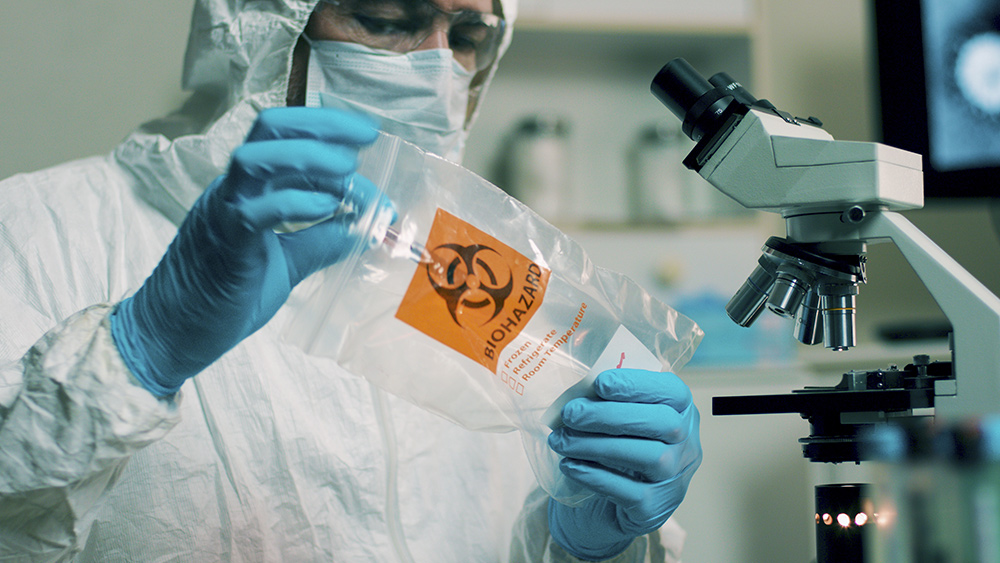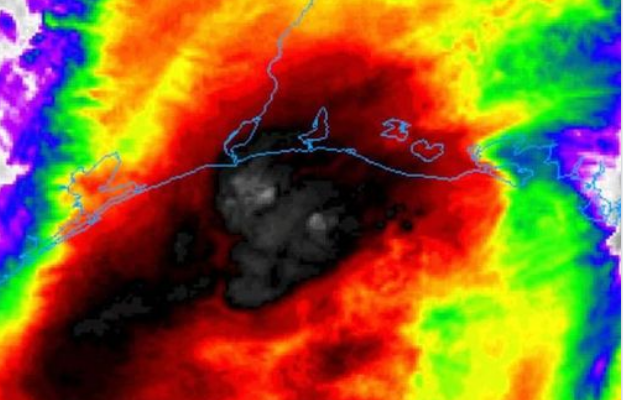 Parler
Parler Gab
Gab
Shi started investigating coronaviruses following SARS outbreak
Shi directs the Center for Emerging Infectious Diseases at WIV. She started to investigate coronaviruses when China suffered from the severe acute respiratory syndrome (SARS) outbreak in 2002 and 2003. Beijing authorities said the SARS virus was transmitted from civets – a small, meat-eating animal endemic to Asia and Africa – to humans in southern China's Guangdong Province in November 2002. It then spread to other Chinese cities and neighboring Hong Kong because the regime didn't allow people to discuss this infectious disease in the first two months. SARS eventually killed at least 774 people and infected 8,096 people from 31 countries. Chinese state-run network CCTV reported on Dec. 29, 2017, that Shi and her team didn't believe that civets were the natural hosts of SARS, and were only the intermediate host. They had already been investigating bats from different Chinese regions as possible virus hosts as far back as 2004. In 2011, Shi's team detected a SARS-like virus from bats living in a cave in southwestern China's Yunnan Province. They then named this virus "WIV1" and conducted further studies. CCTV didn't report the details of the virus but said Shi's team continued to get samples from the same cave for five years. Since 2015, Shi's team has been publishing their test results in international magazines, including Virologica Sinica, Nature and Lancet. Shi and her team published an article in Nature linking COVID-19 to bats weeks after the Chinese regime publicly announced the COVID-19 outbreak. Shi's team discovered a coronavirus in the bats that they had collected from an abandoned copper mine in Tongguan township, Mojiang county in Yunnan Province. Six miners had been infected while working there and three of them died.China purges all references to studies done by Shi in NSFC database
Earlier this year, China purged all references to studies done by Shi in the NSFC database. This included the details of more than 300 studies, including those that investigated diseases that passed from animals to humans. Those studies were carried out by the WIV and had been referred to by researchers as the most complete studies on animal-to-human transfer of coronaviruses, including SARS-CoV-2 – the virus behind COVID-19. (Related: Chinese Communist Party destroyed evidence linking Wuhan Institute of Virology to the coronavirus.) Also gone are studies that are key to any investigation about the source of the virus – one is looking into the risk of cross-species infection from bats with SARS-like coronaviruses and the other is looking at human pathogens carried by bats. In December 2019, the Wuhan lab altered its database of viral pathogens – the wildlife-borne viral pathogen database. The database included information on virus variants in other wild animals. Experts believe changes were made to throw off investigators. Keywords such as "wildlife" or "wild animals" were deleted. The title was also changed from "Wildlife-borne Viral Pathogen Database" to "Bat And Rodent-borne Viral Pathogen Database." The term "wild animal" was replaced with "bat and rodent" or "bat and rat." Other terms connecting the database with the outbreak were also deleted. Follow Pandemic.news for more news and information related to the coronavirus pandemic. Sources include: TheEpochTimes.com NewsWeek.com DailyMail.co.ukThey are screwing with the weather maps: SUN is BAD!
By News Editors // Share
‘Openly queer teacher’ admits to socially transitioning 3rd grade students
By News Editors // Share
Deborah Birx hid covid info from Trump, altered CDC guidelines without approval
By Ethan Huff // Share
By Mary Villareal // Share
Governments continue to obscure COVID-19 vaccine data amid rising concerns over excess deaths
By patricklewis // Share
Tech giant Microsoft backs EXTINCTION with its support of carbon capture programs
By ramontomeydw // Share
Germany to resume arms exports to Israel despite repeated ceasefire violations
By isabelle // Share










